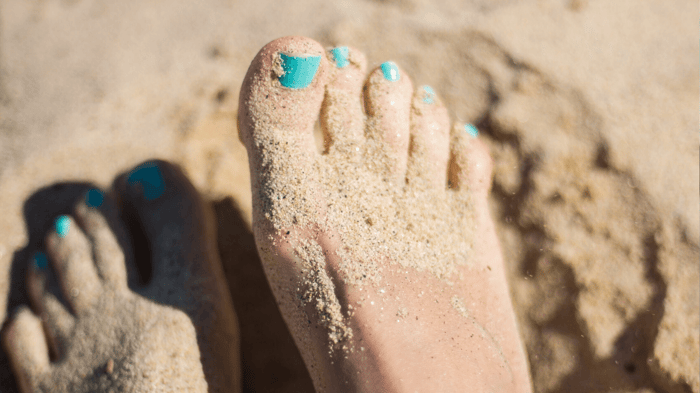
We call vitamin D the sunshine vitamin because our bodies make it when our skin is exposed to UVB rays from the sun. In the last 20 years of research into vitamin D, exciting information about its role in modulating the immune system has been discovered. Fortunately for us sun-worshipers, it appears that having sufficient vitamin D could be one of the easiest ways to protect yourself from severe viral respiratory infections including COVID-19.
What does vitamin D do?
Exposure to UVB rays in sunlight triggers your skin to produce vitamin D. In middle latitudes (most of the US) this process only occurs most significantly with midday sun during the summer months. The vitamin is transported from the skin to the liver and converted into an active hormone that increases calcium absorption from the food you eat. Increased calcium transport throughout your body keeps your skeleton strong and stops you from developing osteoporosis.
Another function of vitamin D more recently discovered is its ability to modulate inflammatory immune processes. Vitamin D induces the immune system to produce molecules (cathelicidins and defensins) that inhibit viral replication rates and help your immune system stay ahead of any viral invaders. It also reduces production of proinflammatory chemicals (cytokines) while at the same time forcing increased production of anti-inflammatory cytokines. This modulation of the inflammatory immune response stops it from spiraling into an out-of-control “cytokine storm”. A “cytokine storm” due to an excess of proinflammatory cytokines leads to severe lung damage, Acute Respiratory Distress Syndrome (ARDS) and pneumonia in COVID-19 patients. According to recent research healthy levels of vitamin D could cut mortality in respiratory illness by as much as half by reducing these “cytokine storms.” (source)
A recent study looked at COVID-19 infection and death rates in different countries across Europe. Researchers found a direct correlation between having higher levels of vitamin D deficiency and higher rates of COVID-19 infection and death. (source) In other words, high vitamin D levels appear to be protective in COVID-19 patients. More studies of the connection are ongoing worldwide.
Who needs more vitamin D?
Many Americans are deficient in vitamin D or have insufficient levels for optimal health. A survey from the National Health and Nutrition Survey (NHANES) from 2001-2010 (source) found that 28.9% of Americans had a vitamin D deficiency and 41.1% had vitamin D insufficiency. Adults who are obese, physically inactive, smokers, or infrequent consumers of dairy had the highest rates of vitamin D deficiency. Older people also generally have inadequate levels, since the body's ability to synthesize vitamin D in the skin deteriorates with age and older people tend to spend less time out in the sun. The D-deficient group includes 75% of people institutionalized in medical facilities (source).
These groups with lower vitamin D levels in the US have significant overlap with COVID-19 risk factors: obesity, living in care homes, and the elderly. Some researchers are now recommending testing D levels in at-risk populations and trying to get their levels up through supplementation or safe sun exposure.

How can we get more vitamin D?
The most natural and inexpensive way to get more vitamin D is by getting out into the sun without sunscreen. Safe sun exposure is free and widely available in the summer months and could be lifesaving. Experts recommend exposing one third of skin for 10-30 minutes at midday 3 times/week in the summer in order to maintain adequate levels. Sunbathing this way for 20 minutes provides about 1000IU for fair-skinned people. Remember that it's important not to overdo the sun, since sunburns have their own lasting negative health effects.
Vitamin D can also be acquired through your diet, but it can be difficult to get adequate amounts through food alone. The best sources are fatty fish such as salmon, tuna and fish liver oils. You can also get lesser amounts of D from beef liver, cheese, egg yolks, and some mushrooms, and all dairy products are fortified with vitamin D in the US.
It’s best to test your 25(OH)D level and develop a strategy to get it up to a healthy value somewhere over 40ng/mL. Check with your doctor for testing and recommended levels. If you cannot get enough sunshine and you have trouble significantly changing your diet, you can take daily vitamin D3 (Cholecalciferol) supplements. Researchers and doctors recommend taking between 1000-10,000 IU per day, after testing your level. Be sure to talk to your doctor before adding any supplements to your health plan. Be aware that it is possible to get too much vitamin D from supplementation, since it is not water soluble and will be stored in your body. Don’t overdo it!
Hopefully you’re now inspired to keep your vitamin D levels high for better immune health, strong bones, and a little extra protection against COVID-19!

.JPG)

